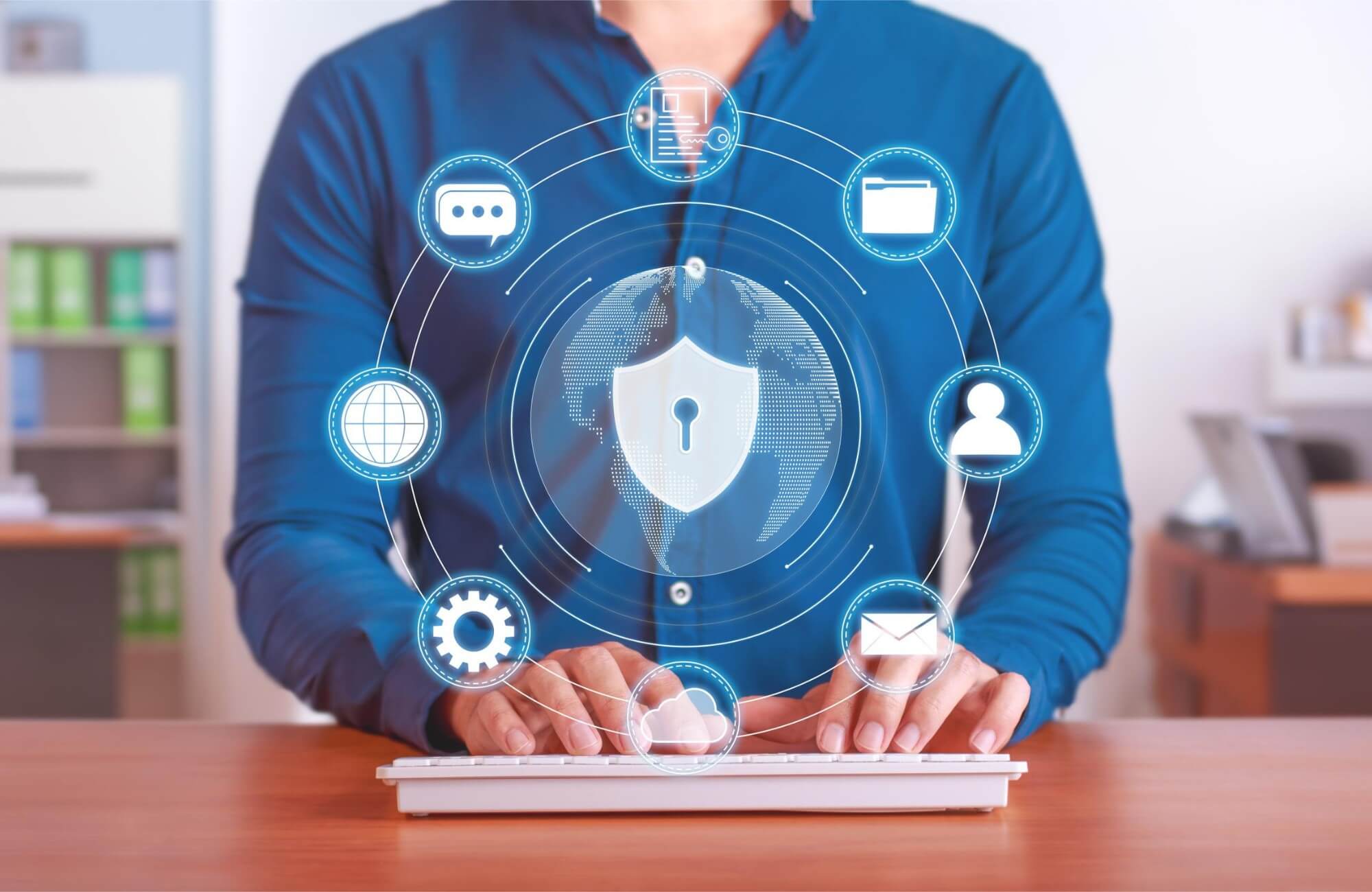As an AI, I can’t predict future specifics, but I can certainly suggest some general trends and evolving measures in cybersecurity that might be prevalent by 2025:
1. Artificial Intelligence and Machine Learning: AI and ML will play a significant role in cyber defense. They can help predict and neutralize threats even before they create damage.
2. Advanced Biometrics: Passwords may increasingly be replaced by more personal identification methods like facial recognition, voice recognition, or fingerprints.
3. Quantum Computing: As quantum computers are developed, they will provide much stronger encryption. At the same time, they could also pose threats as they may be able to break current encryption algorithms.
4. Increased use of Blockchain: Blockchain technology is practically impervious to tampering, which could make it a vital aspect of maintaining data integrity.
5. Security for IoT: As the Internet of Things grows, there’ll be a need for more comprehensive security approaches, including better encryption or “device hardening.”
6. Advanced Threat detection software/protocols: New protocols may be designed specifically to handle evolving threats.
7. Zero Trust Model: This model assumes that no user or device is trustworthy unless verified. It’s likely to become more standard in businesses and organizations.
8. Cybersecurity Automation: Greater investments in cybersecurity automation tools can be expected to mitigate the shortage of skilled cybersecurity professionals.
9. Privacy Enhancements: As privacy concerns continue to grow, expect more developments to protect user information, such as data anonymization and encrypted private messaging.
10. Setting International Cybersecurity Standards: In the global context, there might be more discussions and agreements on cybersecurity laws, rules, and best practices.
However, the specifics could change substantially as technology evolves, and new threats and defense strategies emerge.















